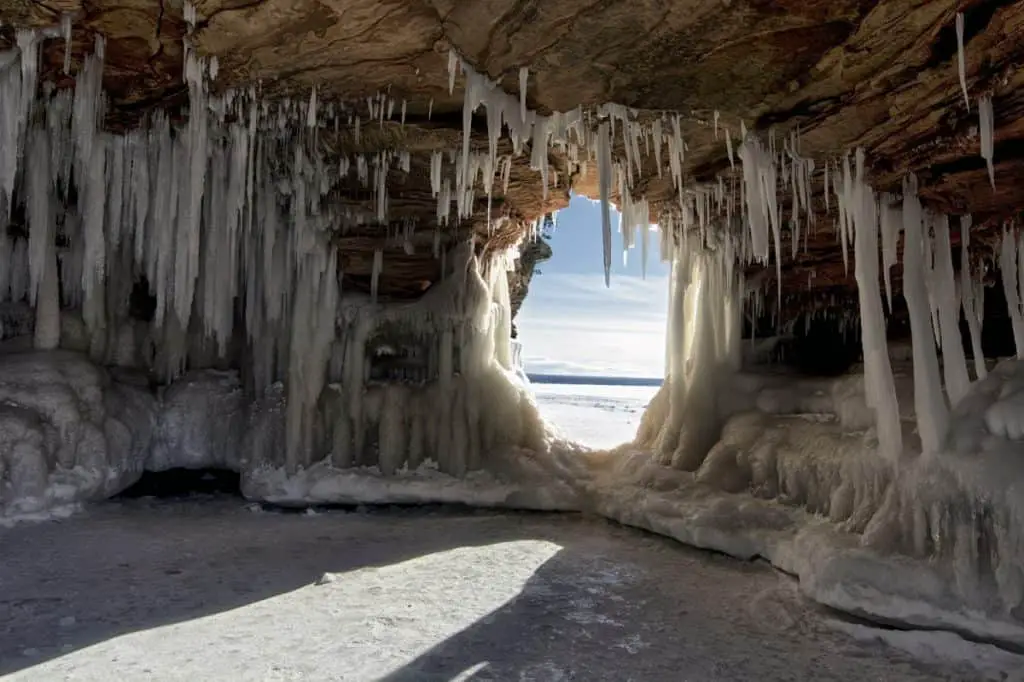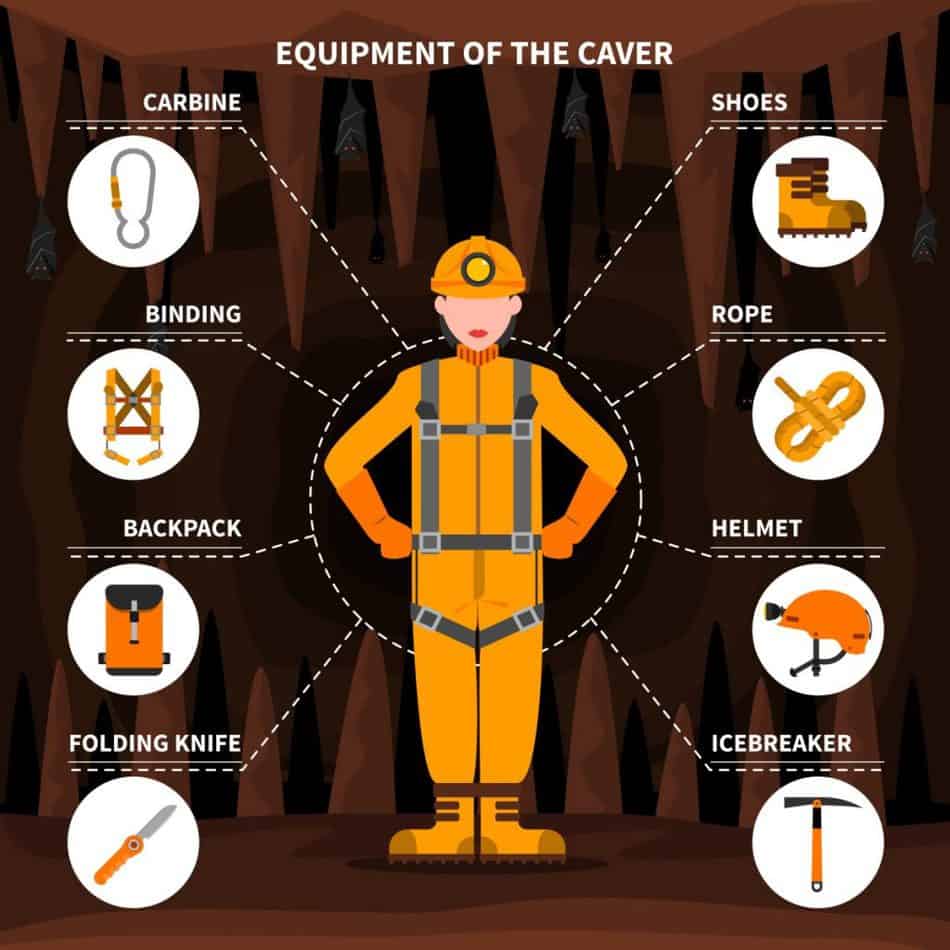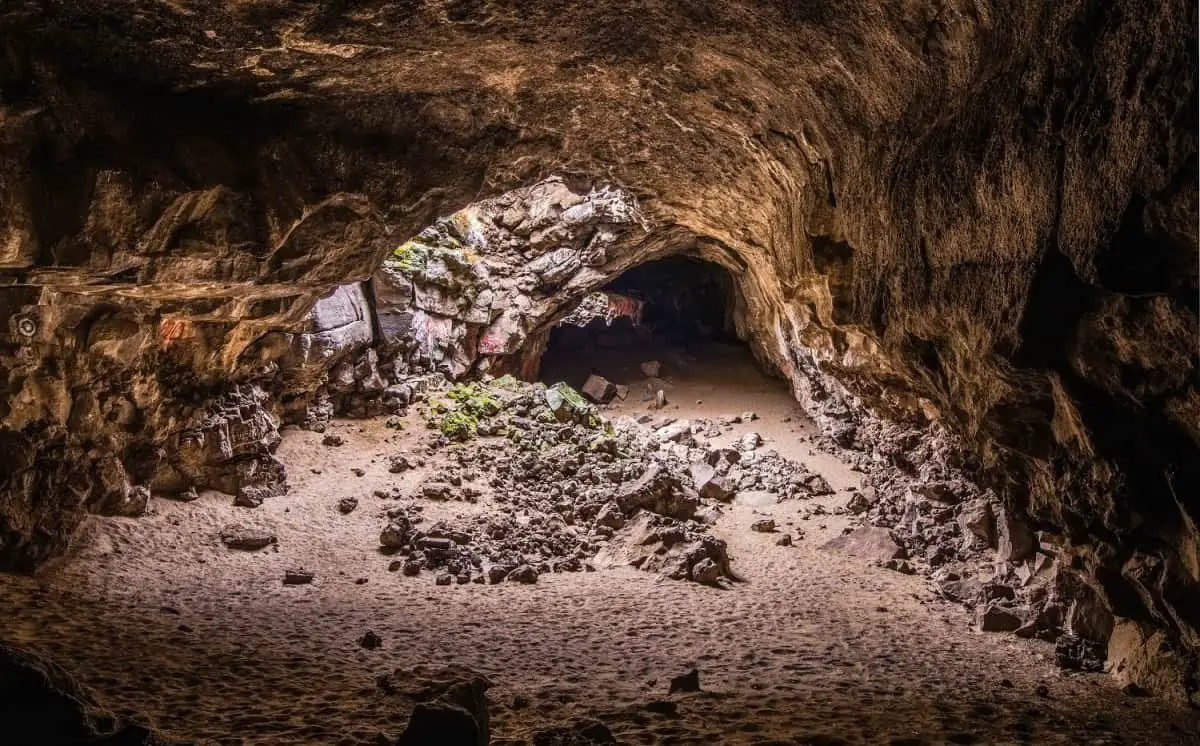Squeezing your body through tiny gaps is scary enough without worrying about a collapse. But what are the chances of a cave collapsing?
Caves collapse all the time. There are millions of caves around the world and only a small percent have been deemed safe. Many caves are monitored by structural engineers to determine the risk of collapse. Caves with a low risk of collapse are explored while engineers monitor the situation.
There are instances where caves have collapsed with people inside, but cave deaths occur far more frequently because of other reasons like being stuck between rocks or getting lost.
If you’re ready to get started caving, be sure to read my Beginners Guide and check out my recommended gear section.
Caves That Collapsed With People Inside
In mid-2015 an ice cave in northwest Washington state collapsed, killing one and injuring five cavers. Part of the Big Four Ice Caves collapsed because of the warmer weather during that summer.
More recently, at the end of October 2021, a group of 26 Brazilian firefighters was caught inside a cave near the city of Altinopolis during a collapse. Tragically, nine firefighters lost their lives, one was rescued and the rest made it out alive. The cave entrance collapsed due to heavy rainfall in the area. Rescue operations were also made difficult due to the heavy downpour at the time.
There are a few other occurrences of caves collapsing with people inside but thankfully they’re quite rare. It’s far more likely to become lost or trapped in a cave than having it collapse while you’re inside.
How Do Caves Collapse?
Caves collapse mostly because of weathering effects like water flowing over and through them. As water flows through a cave, it makes the cavity bigger and the ceiling can collapse under its own weight.
During rainfall, water erodes terrain and makes cave ceilings thinner until they are too weak to hold themselves up.
In winter, water between rocks turns to ice and expands, loosening the rocks and causing avalanches. In summer when the ice melts, it can leave gaps between the rocks causing more avalanches.
In summer, glacial caves are very susceptible to collapse, which is why many ice caves are restricted areas during the warmer months of the year.
Earthquakes can cause collapses inside caves as it shakes big rocks loose from the walls and ceiling.
Before ground penetrating radar technology was used in construction, there were tragic incidents where buildings and heavy machinery fell through the ground and into sinkholes or caves.
Caves that are formed by flowing lava sometimes collapse once the lava stops flowing, creating lines of rubble where the lava tube was. This is because the lava sometimes supports the structure as it flows through the ground but when it’s gone, the ceiling doesn’t have the strength to hold itself up anymore.

How To Avoid A Collapsing Cave
Don’t explore caves shortly after or during rainfall.
Besides the risk of flooding, rain can cause a collapse as water flows through the rocks and ceiling. Rainfall adds weight to the cave’s ceiling making it more likely to cave in.
Avoid ice caves / glacial caves in the summer
Glacial caves fall apart during the summer which is why many of them are closed off to the public during the hotter months of the year.

Don’t explore caves that aren’t monitored
The safest way to enjoy caving is to explore those that are monitored by engineers. These types of caves often have guided tours and emergency services on-site. Exploring random caves by yourself increases the chances of being caught in a collapse.
Which Types Of Caves Collapse The Most?
Glacial and ice caves collapse the most as they melt in summer. These caves get carved away by running water that causes the structure to weaken and fail. Other types of caves collapse mostly during wet weather.
Karst caves are known to spontaneously collapse due to a weakening structure over time. This type of cave is formed by water flowing through soluble rock and is the most common type of cave.
Are Caves Safe During An Earthquake?
Caves are not safe havens during earthquakes. Cavers that have experienced earthquakes below the surface report larger areas of the cave being more likely to collapse than smaller areas.
This means that just like on the surface, caves have areas that are safer than others, but they’re not completely safe during an earthquake. Although not much research has been done in this area, it appears that smaller tunnels within the cave normally sustain less damage than large open spaces.
How Long Does It Take For A Cave To Collapse?
Caves can collapse in seconds or over many years depending on the size and nature of the cave. Most of the time, caves suffer from partial collapses as weaker parts of the ceiling erode and break away. Every time it rains, more of the land gets eaten away which causes multiple minor collapses. This is why a cave can have so many entrances.
How Do You Survive A Cave Collapse?
Smaller tunnels are normally safer than large caverns during an earthquake because there are more loose rocks that can fall from above. Smaller tunnels in the cave are usually safer because the tunnels are very solid and usually don’t have loose rocks in them.
If you’re not completely trapped, mark your path by stacking rocks on each other so that you can identify where you’ve been.
If you’re stuck inside the cave, look for drinkable water dripping down from the ceiling. It has a higher chance of being safe for consumption compared to water that’s settled on the ground. If there’s no water from above, look for flowing water and avoid stagnant water.
Avoid getting wet if you can because hypothermia is one of the leading causes of death within caves.
These are just a few things that relate to surviving during a collapse, but I suggest you read this article for a full overview of the risks of caving and safety measures to follow.

How Cave Ins Are Prevented
Cave-ins are prevented by installing additional support within the cave. Wooden, concrete, and steel pillars are often used in caves to prevent cave-ins.
This is similar to how miners install supports to hold the ceiling up during mining excavations.
Conclusion
Caves collapse all the time because the same factors that create the cave continue to erode it until it can’t support itself anymore. There are caves that are much safer than others and these are the caves that engineers approve for exploration and guided tours.
Rainfall is the biggest factor in terms of collapsing caves because of how erosive it is when it flows over and through the ground. For this reason, I recommend caving during dry seasons.

When you’re ready to get started caving, be sure to read my Beginners Guide and check out my recommended gear section.

